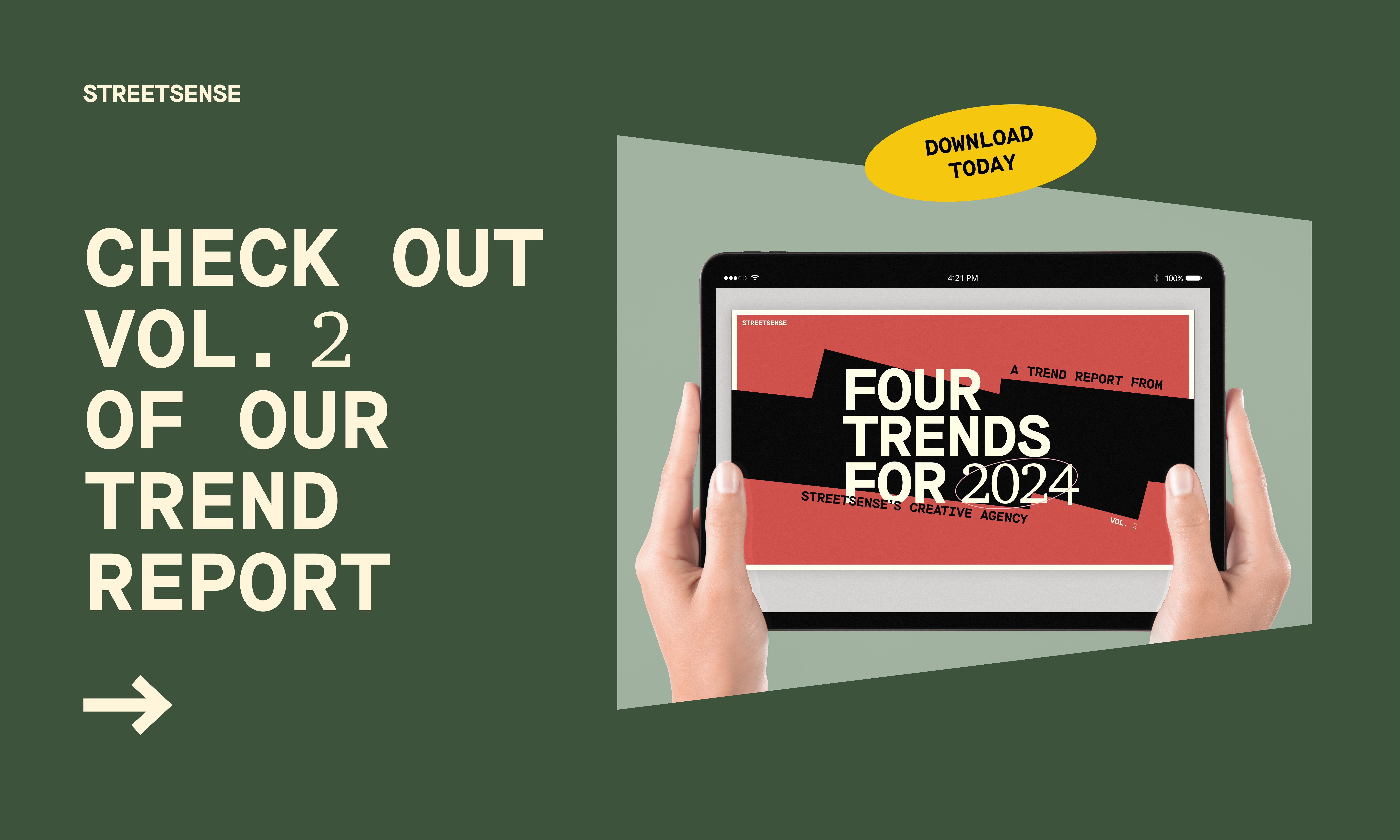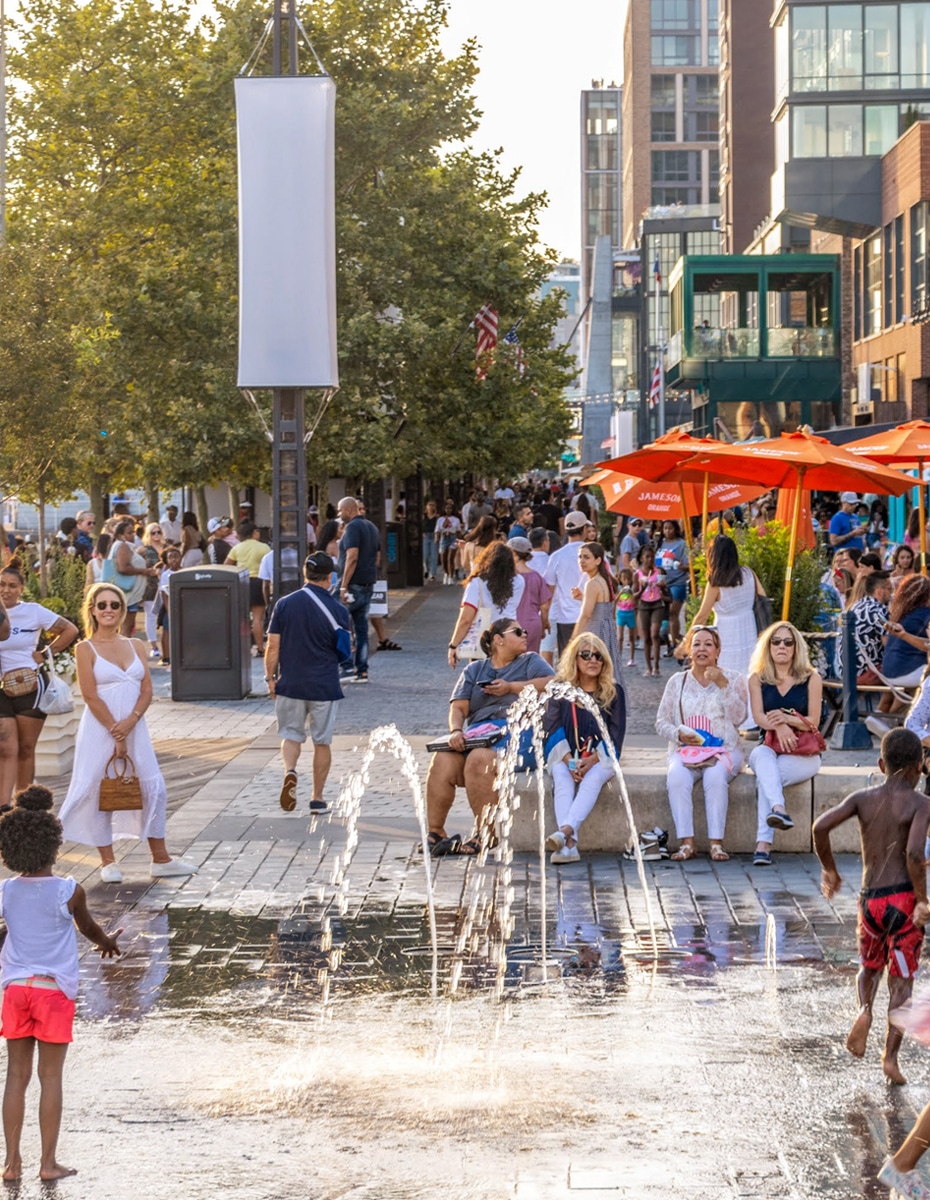Managing Director,
Public Non-Profit Solutions
New York City has been hit harder by COVID than other U.S. cities, but there are some powerful forces working in its favor. The Partnership for New York just released data showing that only 10% of office workers have returned to their offices. Subway ridership remains 70% lower than pre-pandemic levels; LIRR and Metro-North remain 76% and 80% lower, respectively. Compare that to peer cities where average building occupancy is up nearly 25% since we went into lockdown, according to Kastle Systems. It is clear that New York will need to make up significant ground.
Consider the impact on downtown Central Business Districts like Midtown and the Financial District. These are places with more workers than residents, where daytime pedestrian traffic consists of workers grabbing a quick lunch, running errands, or heading to meetings. With fewer office workers, many of the businesses that rely on these employees will not be able to survive.
We cannot assume a wholesale return of office workers to pre-pandemic levels. According to the Partnership for New York, 56% of employers expect that employees will continue to work remotely at least part of the time. PricewaterhouseCoopers (PwC) found that 87% of executives expect to make changes to their corporate real estate strategy over the next 12 months, including “consolidating office space in premier locations.” Even if a small portion of those prognostications holds true, the consequences will be significant. Fitch Ratings found that when office workers work from home as little as one-and-a-half days per week, only 4.4% of loans backed by single office properties retain their rating.
Yet CEOs are not universal in their desire to fully embrace remote work. Tech companies are among those that continue to sign leases in key office markets, including New York. And younger, less-experienced workers still want to be in an office: PwC found that 30% of those with the least amount of professional experience (0-5 years) prefer being remote no more than one day a week. As long as companies need young workers, meeting their needs will be important.
Ambitious young people want access to decision-makers and mentors. They also are likely to have roommates and live in smaller quarters, making the office a necessary reprieve. Another driver is perhaps more visceral. Young people seek what humans have always sought: connections and relationships. This is where cities like New York have a distinct advantage.
How can urban policymakers seize that advantage? We can lean into what makes New York a place where young people want to live and congregate. That requires reimagining and transforming public space to promote connection. Vancouver has done this by turning alleyways into brightly painted spaces with basketball courts and foosball tables. In Montreal, musical swing sets created an adult playground in Quartier des Spectacles, that city’s version of Times Square.
We can support our Business Improvement Districts to program the space they have, so that young workers encounter activities the minute they leave their buildings. We can support the faltering cultural and arts organizations, music, and nightlife that have suffered during the pandemic.
Young workers are eager to get to the city and experience the energy of it all — and it’s this instinct that will ultimately reinvigorate our business districts.
BACK TO LATEST







